24 Hours Hotline: +86 137-3541-1378
Email:[email protected]
24 Hours Hotline: +86 137-3541-1378
Email:[email protected]
Introduction of chinese tea culture
The practice of tea drinking in China can be dated back to as early as the period of the Three Kingdoms (220-265 A.D). Though the teahouse appeared later in the history, the particular norms and customs accumulated and took shape over long periods of time. People pay special attention to the teapots, tea leaves and water.
Chinese believe that exquisite utensils should comply with delicate food. The same goes with teapots. The famous "zi sha hu" is made of a special pottery clay, purplish black in color and antique in design. Carved on it are some inscriptions, paintings and poems. The specialty is that it can preserve tea leaves in their original flavor and color. It is said the longer the pot is used, the more scent it gives out.
The carefully selected tea leaves and water are also indispensable. The tea leaves, picked before the solar term of rain water, are preferred, and then processed by hand. River water is never used, but water from springs or melted snow. When it snows in the winter, people in teahouses would shovel clean snow into huge water vats and store it for daily use. Drinking tea from this snow water can free people from heat rashes. No wonder the great poet Bai Juyi of the Tang Dynasty became a frequent visitor to teahouses when he was the regional chief in Hangzhou. And so many people form the habit of drinking tea day by day. It will certainly add a distinctive flavor to the scented tea, if you are seated in the traditional teahouse in such a picturesque place.
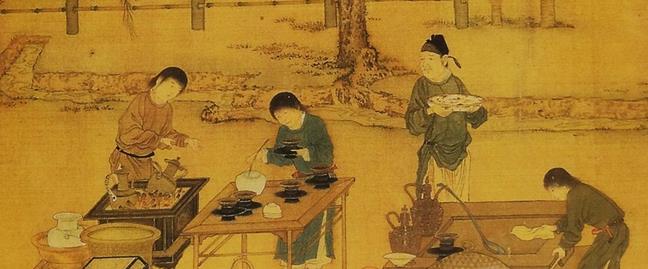
The history of tea
The practice of drinking tea has a long history in China.
Shennong (Chinese: ??), whose name means the Divine Farmer -- and who is considered as the ancient Chinese Father of Agriculture, is honored with the discovery of tea. According to legend, one fall afternoon, Shennong decided to take a rest under a Camellia tree and boiled some water to drink. Dried leaves from the tree above floated down into the pot of boiling water and infused with the water, creating a pot of tea, marking the first ever infusion of the tea leaf. Intrigued by the delightful fragrance, Shennong took a sip and found it refreshing.
Since Shennong's discovery, tea has been grown and enjoyed throughout the world. In the beginning, tea was used in ritual offerings. Then, tea leaves were eaten as a vegetable, or used in medicine. Until the Han Dynasty more than 2,000 years ago, tea was a new drink.
During the Sui Dynasty (581-618), tea was used for its medicinal qualities. In the fourth and fifth centuries, rice, salt, spices, ginger and orange peel, among other ingredients, were added to tea. In the Tang Dynasty (618-907), tea drinking became an art form and a drink enjoyed by all social classes.
Tea became a popular drink in Buddhist monasteries after the caffeine proved to keep the monks awake during long hours of meditation. For this reason, many monasteries cultivated vast tea fields. Lu Yu (Chinese: ??), author of The Book of Tea, was an orphan brought up and educated in a monastery. It is likely that his experience growing up surrounded by tea inspired his book written during the Tang Dynasty. In The Book of Tea, Lu Yu recorded a detailed account of ways to cultivate and prepare tea, tea drinking customs, the best water for tea brewing and different classifications of tea.
Whipped powdered tea became fashionable during the Song Dynasty (960-1279), but disappeared completely from Chinese culture after the Yuan Dynasty (1279-1368), when many other aspects of Song culture were erased during foreign rule. Chinese people later became accustomed to drinking steeped tea from leaves after the Yuan Dynasty and continue to drink it this way today.
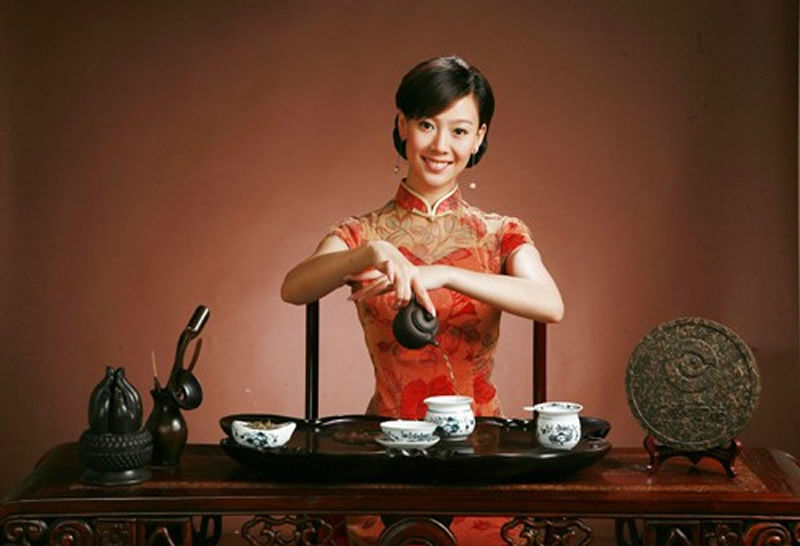
Types of Chinese tea
All teas originally come from the leaves of the Camellia Sinensis plant. The differences between types of Chinese tea are caused by variations in processing methods, as well as the geographic location of the tea plant and by the appearance and taste of the infused tea.
Chinese teas can be categorized into five different groups -- green tea, black tea, oolong tea, white tea and post-fermented tea. Often, scented teas and compressed teas are included in this list.
Green tea
Green tea leaves are light to dark green in color and brew into a light green infusion. Green tea undergoes minimal oxidation during processing. Raw tea leaves are heated, rolled and dried without fermentation. This enables the leaves to keep their original color and retain their naturally occurring antioxidants, which according to recent research can help reduce the risk of cancer and slow down the aging process.
With a longer history than other varieties, green tea is the most popular variety of tea consumed domestically in China. China is the world's largest green tea exporter, comprising more than 80 percent of the global market.
Green tea is produced all over China. Representative varieties include Dragon Well (Longjing) from Zhejiang, Biluochun from Jiangsu and Huangshan Maofeng from Anhui Province.
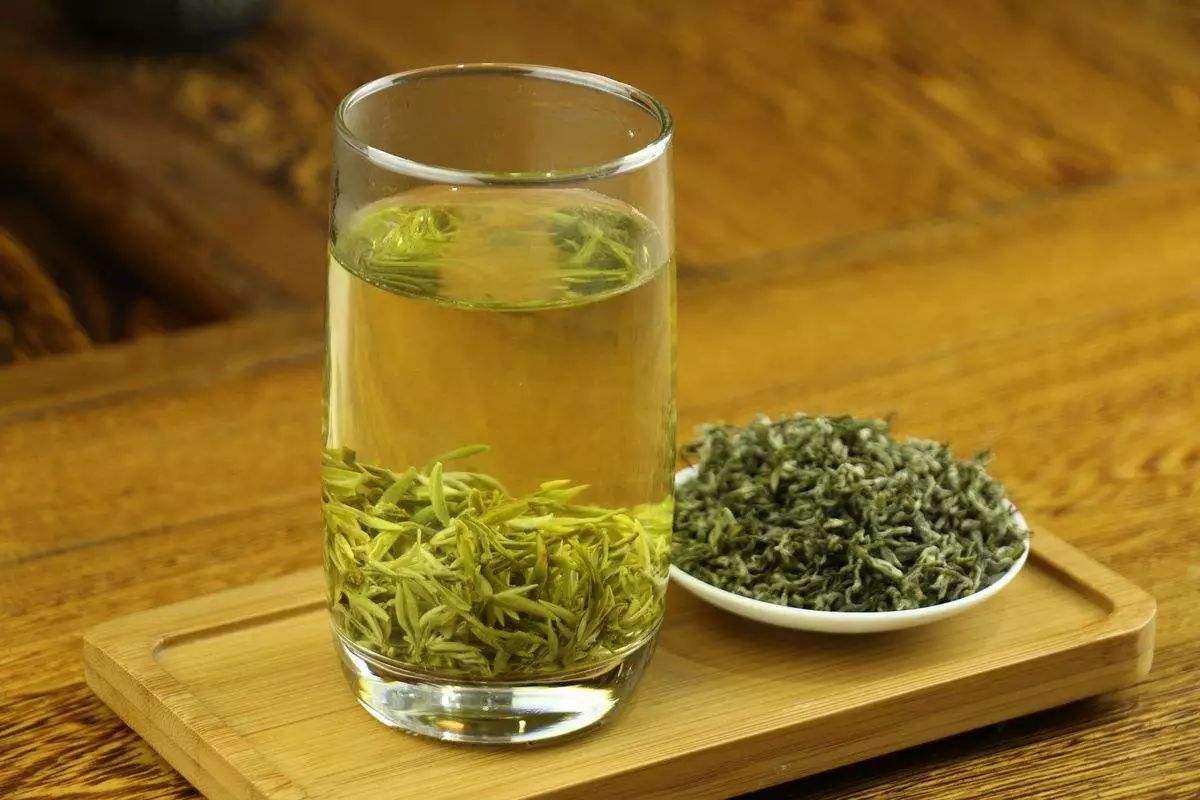
Black tea
Black tea is made with tea leaves that have undergone full fermentation before baking. Known as "red tea" in China, the variety features brown to reddish-brown tea leaves which produce a light brown infusion. In comparison to other tea categories, black tea generally produces a more full-bodied flavor.
Although green tea has recently seen a revival due to its purported health benefits, black tea still accounts for over ninety percent of all tea sold in the West. It is also the most popular form of tea consumed in south Asia.
The best brands of black tea from China are Qimen Hong from Anhui, Dian Hong from Yunnan, Chuan Hong from Sichuan and Hu Hong from Hunan Province.
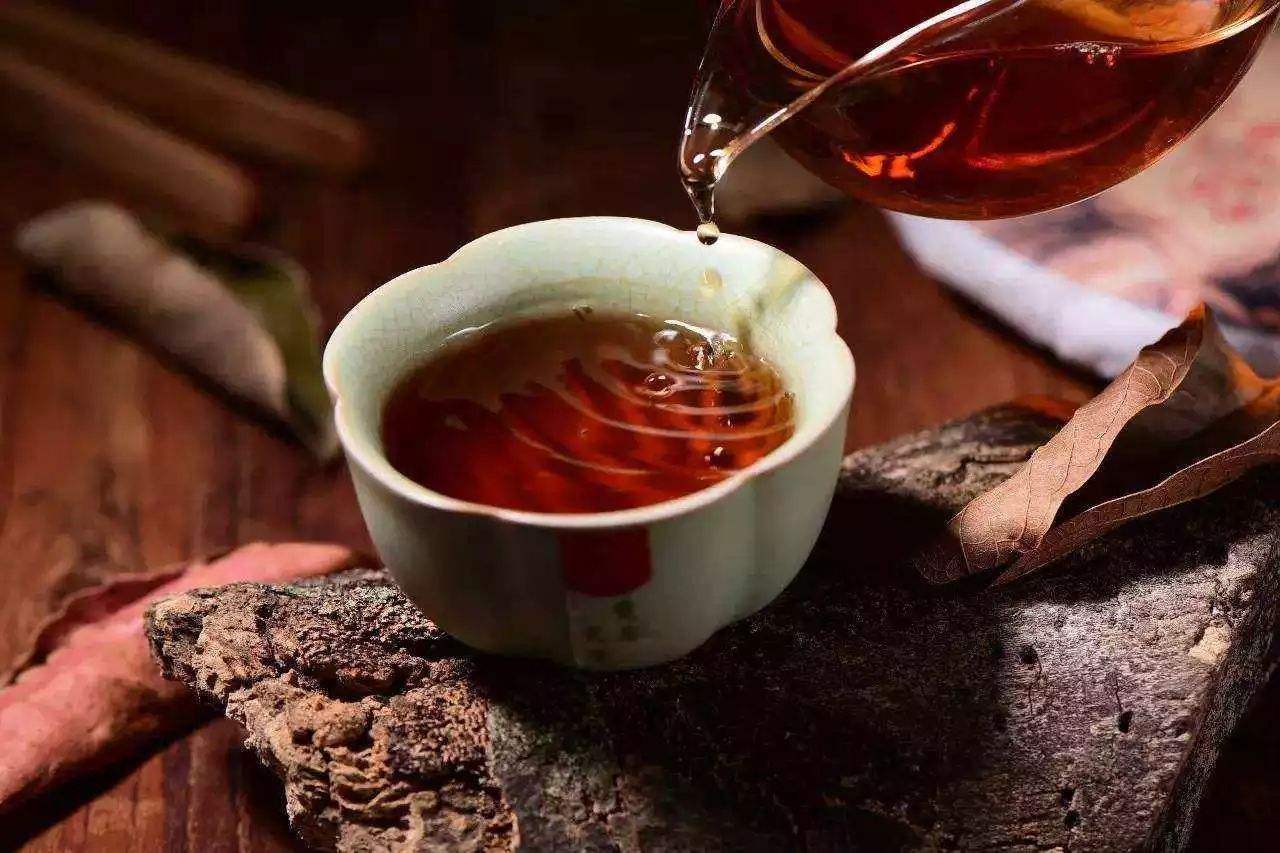
Oolong tea
Oolong tea is a specialty from southeastern China, originating from provinces of Fujian, Guangdong and Taiwan. Oolong tea features a partial fermentation process, and thus has the characteristics of both green and black teas. It tastes as clear and fragrant as green tea and as strong and refreshing as black tea. Also, high quality oolong teas produce a long aftertaste that lingers in your mouth.
Being semi-fermented, Oolong tea is quite potent in breaking down protein and fat, aiding weight loss. It enjoys brisk sales in Japan.
Tieguanyin and WuYi Yancha from Fujian as well as Dongding oolong tea from Taiwan are among the most prized oolong teas.
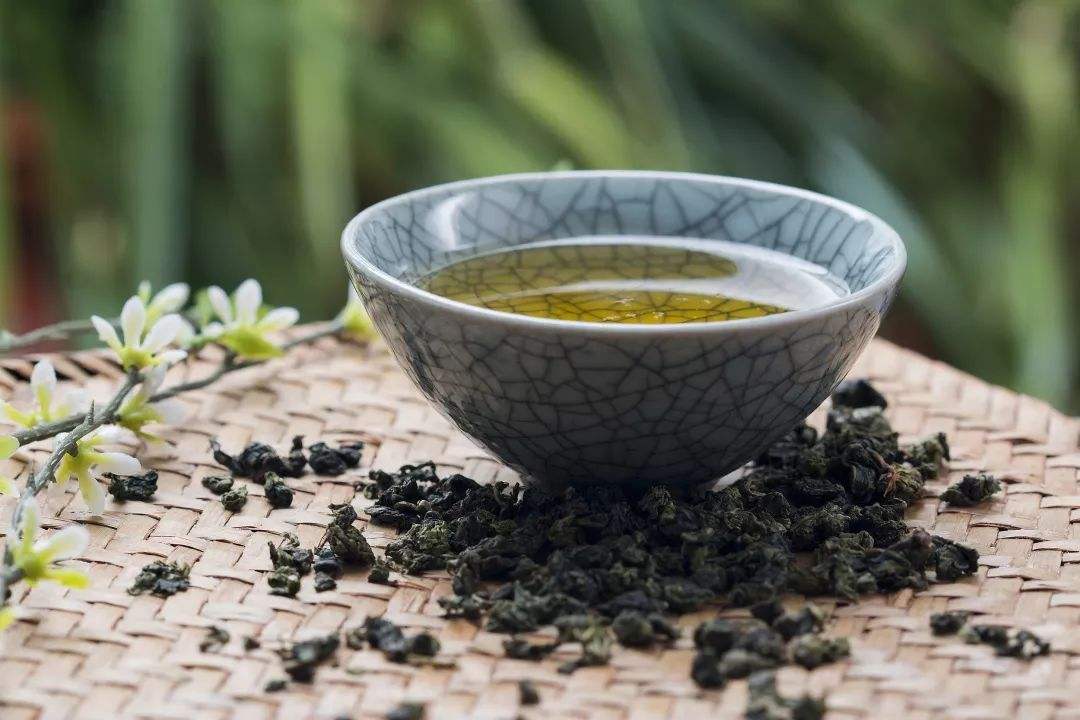
White tea
White tea derives its name from the distinctive white-colored appearance of the dry tea. The variety is made with uncured buds and young leaves of some tea cultivars from southeast China's Fujian Province. Those buds and leaves go through minimal processing so that they are kept closer to their natural state. Even the silvery-white hairs on the leaves are preserved, which gives the dry tea a whitish appearance.
Both green and white teas are among the most lightly oxidized teas, which increases the teas' antioxidant properties. Young tea leaves contain higher caffeine than older ones, so the caffeine content of white tea may be higher than that of green tea. China's white tea sells well in the United States because American scientists found that elements from white tea are beneficial to people's health.
White tea is a specialty of Fujian Province. Well-known brands of white tea are Bai Hao Yinzhen, Bai Mu Dan, Gong Mei and Shou Mei.
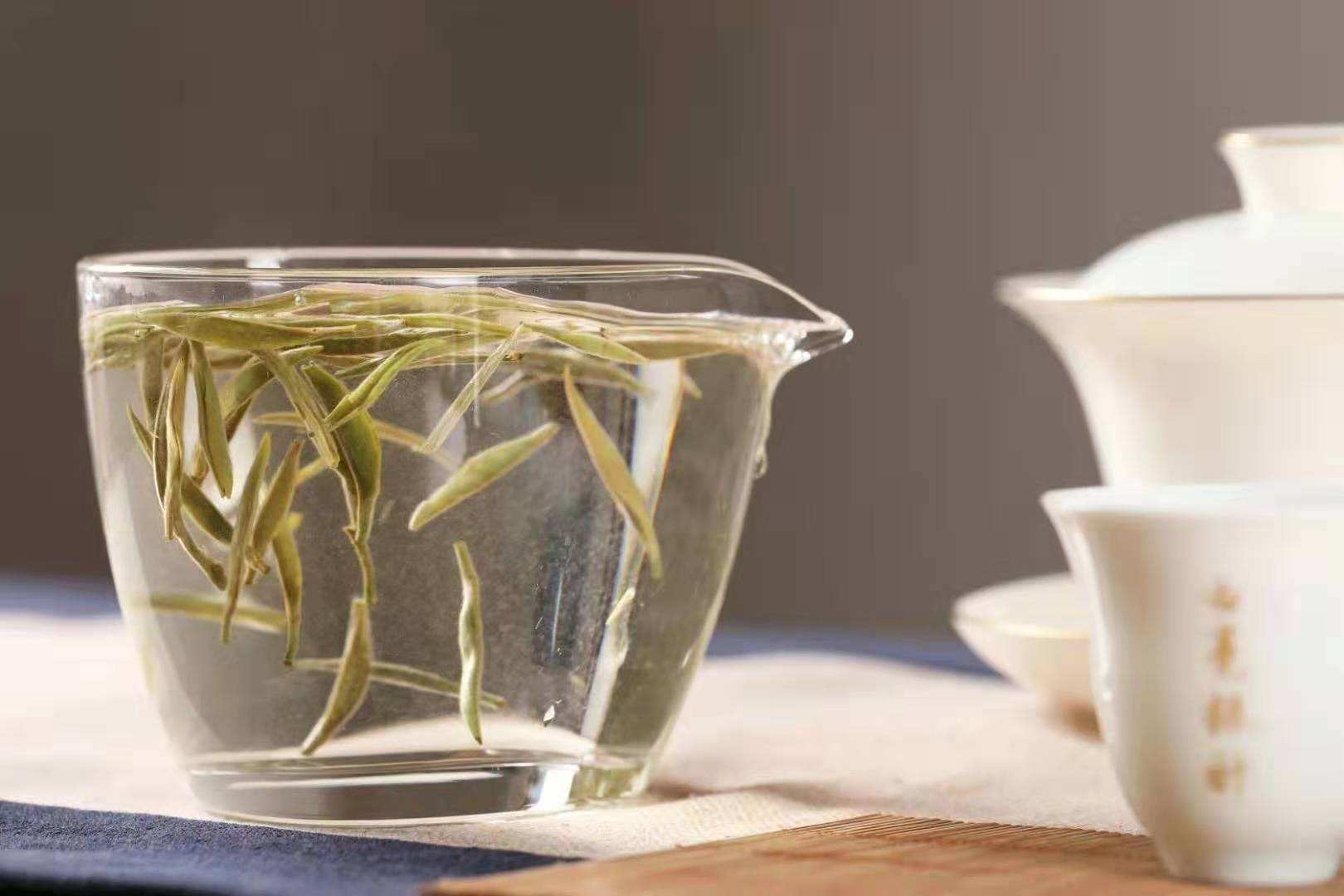
Post-fermented tea
Post-fermented tea, known in China as "hei cha," is made with tea leaves that have undergone a long period of fermentation after they are fried and rolled. The fermentation process is extremely exacting. Only a Tea Master after decades of study is capable of producing this type of tea. After the unique process, which is kept a closely-guarded secret, the finished tea takes on a dark brown color.
Unlike most Chinese teas whose taste and aroma fade with age, post-fermented tea can actually be aged to improve its flavor. The fermented leaves last much longer than other types of tea. Aged tea, especially Pu-Er tea from southwest China's Yunnan Province, is rare and extremely valuable. As a Chinese specialty, post-fermented tea is usually compressed into different shapes for storage and transport convenience. In the past, post-fermented tea was the most exported tea in China, which was shipped as far away as Russia. It is also the most popular tea in areas of China with large ethnic minority populations. People from Tibetan, Mongolian and Uyghur ethnic groups consider post-fermented tea an essential part of their daily lives.
The most famous brand of this variety is the Pu'er Tea from southwest China's Yunnan Province. The large-leafed tea is gathered from trees that thrive in Yunnan's varying climate and acidic soil. Famous as a medicinal tea, it is believed to aid digestion, reduce cholesterol, lower blood pressure, reinforce the immune system and help prevent cancer. The smooth, dark Pu'er tea has a rich and distinctively earthy flavor.
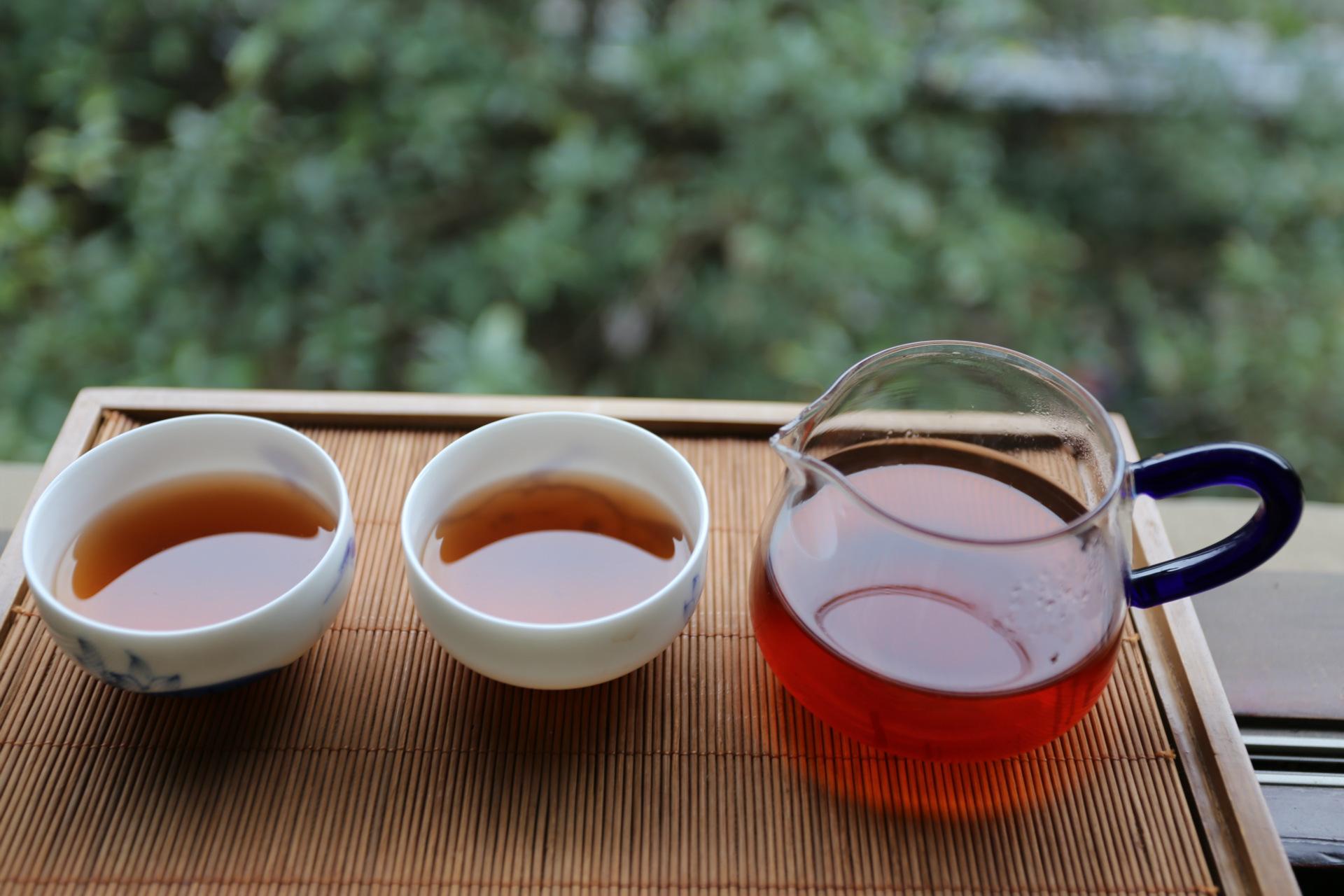
Scented tea
Scented teas, also known as "flower teas" are made by mixing a base tea -- most commonly a green tea, and sometimes a black or oolong tea -- with flower petals or blossoms which lend their fragrant essence to tea leaves during processing. Flowers used include jasmine, osmanthus, chrysanthemum, lotus and rose.
Jasmine tea, among others, is the most popular type of scented tea in northern China. When it is infused, Jasmine tea produces a bright yellow-green liquid with a strong, long-lasting floral fragrance.
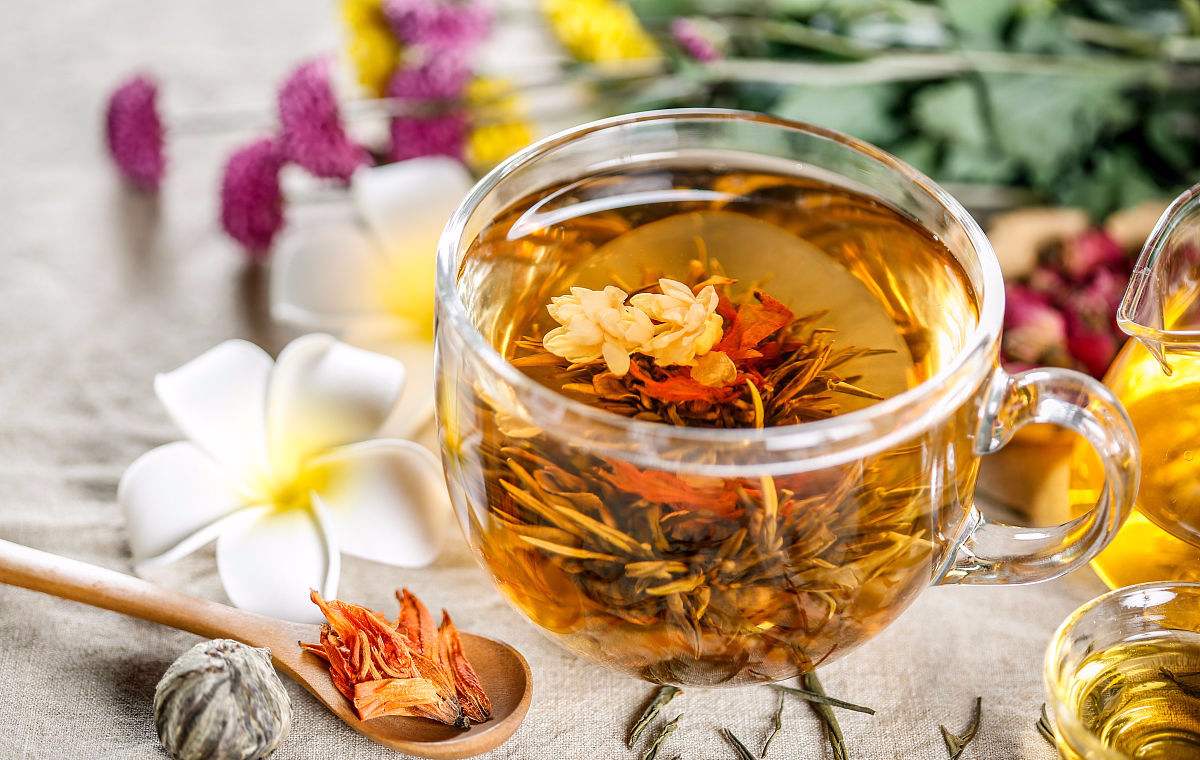
Compressed tea
Compressed tea is a tea variety developed from green, black or post-fermented tea. Crude tea is steamed, compressed and hardened into various shapes such as bricks, discs or bowls. Convenient for transport and storage, this form is mainly supplied to ethnic minorities living in the border areas of China. In Tibet, people break pieces of tea from tea bricks, boil them overnight in water, and then mix the tea infusion with yak butter and salt to make yak butter tea, a staple of Tibetan cuisine.
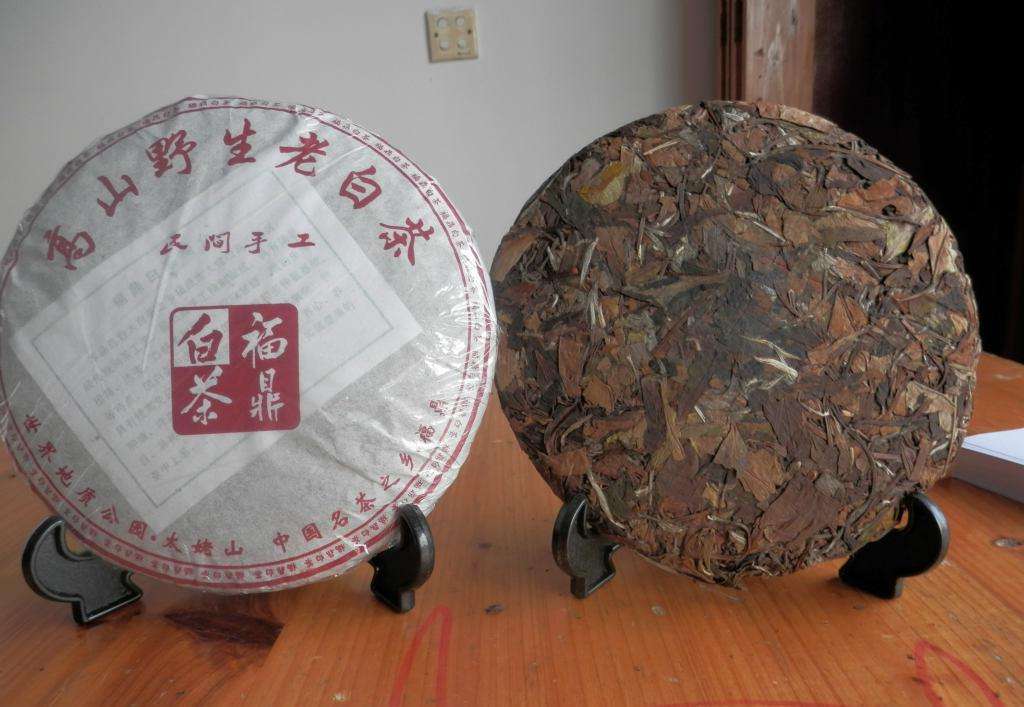
Tea-producing areas
As the national beverage of China, tea is produced in vast areas in the country, from Hainan Island down in the extreme south to Shandong Province in the north, from Tibet in the southwest to Taiwan across the Straits. According to a report released by the China Social Science Academy Press, China is the world's largest tea producer. It produced 1.3 million tonnes in 2009, accounting for 31 percent of the world total. China's tea plantations amount to a total area of 1.86 million hectares, about half of the world's total tea growing space.
Because of varying geographic location and climate, different regions grow various kinds of tea. In general, there are four tea-producing regions.
Jiangbei
This refers to a large area north of the Yangtze River, consisting of the provinces of Shandong, Anhui, Henan, Shaanxi, Gansu and northern part of Jiangsu. It is China's most northern tea-producing area with a relatively low annual average temperature of 15-16 Centigrade degrees. Green tea is the principal variety turned out here.
The area's uneven rainfall often results in drought-stricken tea plants. But in some mountainous regions where the local climate is agreeable to tea growing, several premium teas are produced. These include Henan province's Xinyang Maojian and Lu'an Guapian from Anhui province.
Jiangnan
This area lies south of the middle and lower reaches of the Yangtze River, covering the provinces of Zhejiang, Jiangxi, Hubei, Hunan and the southern parts of Anhui and Jiangsu. This is most prolific tea-growing area in China, with an annual output comprising two thirds of the domestic total.
The area enjoys four distinctive seasons, with affluent rainfall in spring and summer followed by a dry autumn. Tea farms here are often located in hilly areas and sometimes in high altitude, mountainous regions. Varieties produced in this area include green, black, oolong, as well as various scented teas, among which Dragon Well (Longjing) from Zhejiang Province and Biluochun from Jiangsu Province are top varieties. Teas from Jiangnan are famous throughout China and the world.
Southern China
This area, consisting of the southern provinces of Guangdong, Fujian, Taiwan, Hainan and Guangxi Zhuang Autonomous Region, is mostly famous for black, oolong and white tea production. Covered by rusty-red soil, the area enjoys an annual average temperature of 19-22 Centigrade degrees and the most annual rainfall among all tea-producing areas in China, which enables a growing season as long as ten months. All these factors make the Southern China area one of the most agreeable areas for tea planting.
The southwest area
The area is considered to be the original birthplace of the tea plant. It embraces the southwest provinces of Sichuan, Yunnan, Guizhou and part of the Tibet Autonomous Region, producing green, black, post-fermented and compressed teas.
The land in China's southwest has the highest soil organic content compared with other tea-producing areas in China. The complicated terrain and diverse climates breed various types of tea, among which Pu'er tea from Yunnan Province is the most famous in China and abroad.
Top 10 Chinese teas
Of the big three beverages: Tea, coffee and cocoa – tea is consumed by the largest number of people in China.
China is considered the home of tea. Chinese tea had begun to be exported to Japan and Korea before the Tang Dynasty (618-907). In the early period of the 17th century, Chinese tea was exported to Europe.
The tea from China is in great abundance and variety. To tell if a pot of tea is nice you can mainly rely on the color, smell, taste and form. According to these principles China.org.cn selects 10 of the most excellent from the whole of the country.
#10 Fujian Tieguanyin (?????)
Tieguanyin is one of China's top teas and synonymous with oolong tea. It stands head and shoulder above the rest of hundreds of different types of oolong tea. Guanyin in English means the Goddess of Mercy.
The tea was originally made in the Anxi County, Fujian Province in the 18th century. With precision, it is rolled into tightly knit granulated green balls with red spots and white frost. It has a unique taste with an orchid fragrance.
The legend behind the tea goes like this: A sincere Buddhist praying to the Goddess of Mercy daily. One night, he dreamed of a magic plant, which he discovered the next day. The tree sent out unique fragrance. Buddhists believed it was a gift from the Goddess of Mercy and called it Tieguanyin tea.
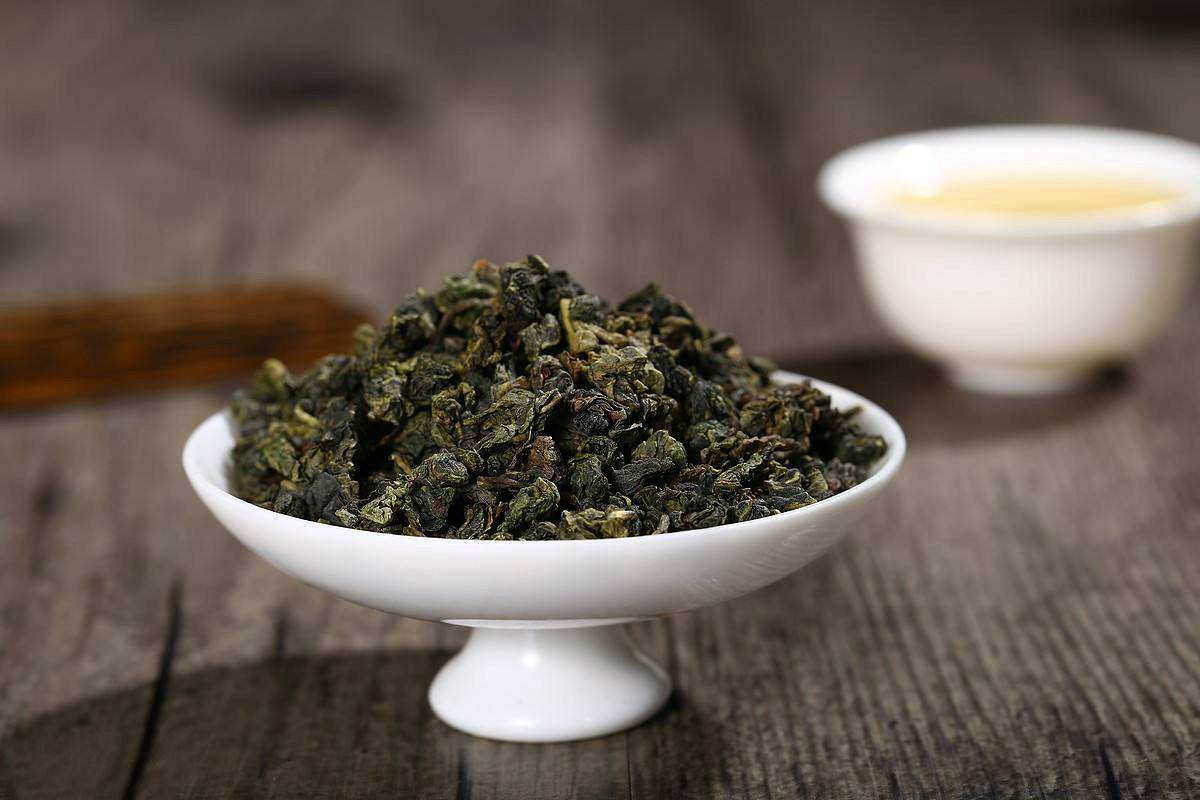
#9 Lushan Yunwu (????)
Lushan Yunwu tea is a green tea from Jiangxi Province, home of the Mount Lu. The tea may be traced back more than 1,000 years. According to local records, it was initially collected and planted by monks living in the temple in the Mount Lu.
Lushan refers to Mount Lu and Yunwu means cloud and mist. Mount Lu's foggy conditions make for a natural shade where the tea plants grow. Long ago, Lushan Yunwu was offered to emperors as a gift because of its unique, gentle and lasting sweetness and it is said that drinking Lushan Yunwu tea prolongs life.
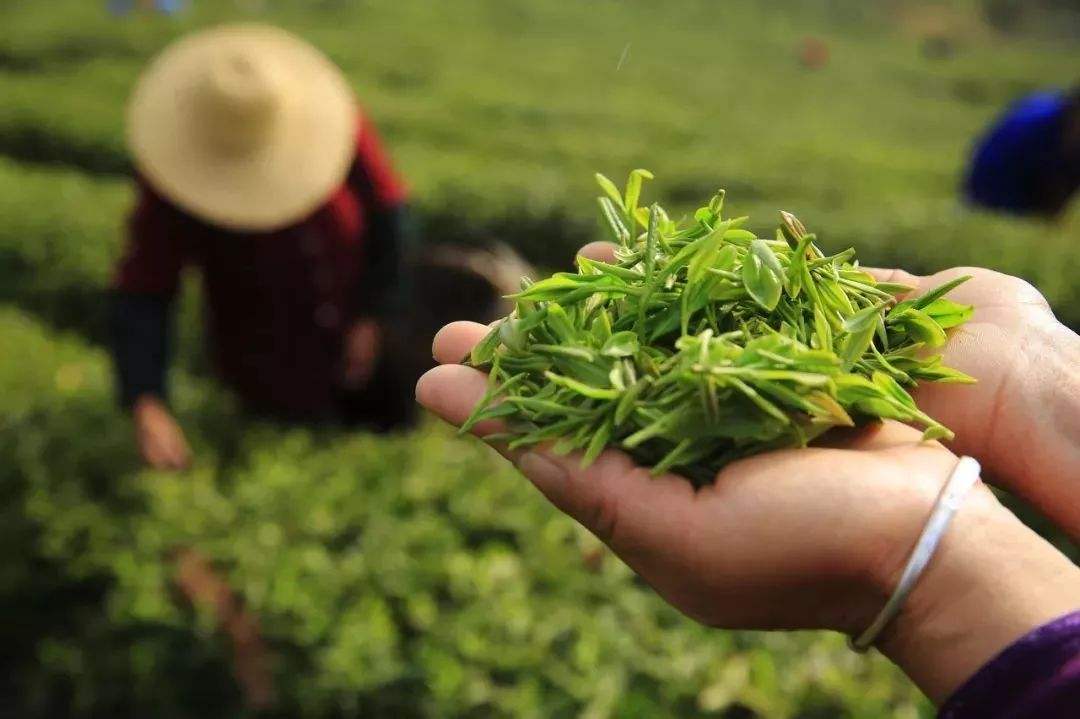
#8 Yunnan Pu-erh (????)
Yunnan Pu-erh, a kind of dark tea, is produced in southwestern China's Yunnan Province. It was named after the Pu'er Town, where most of the tea is processed and sold. Pu'er has a long history of tea trading dating back to the Tang Dynasty (618-907).
Yunnan Pu-erh tea is compressed into various shapes and is black or brown-red in color. It tastes mellow and is purported to reduce blood cholesterol. It is reputed to be the beauty tea and slim tea. It can generally improve in taste over time.
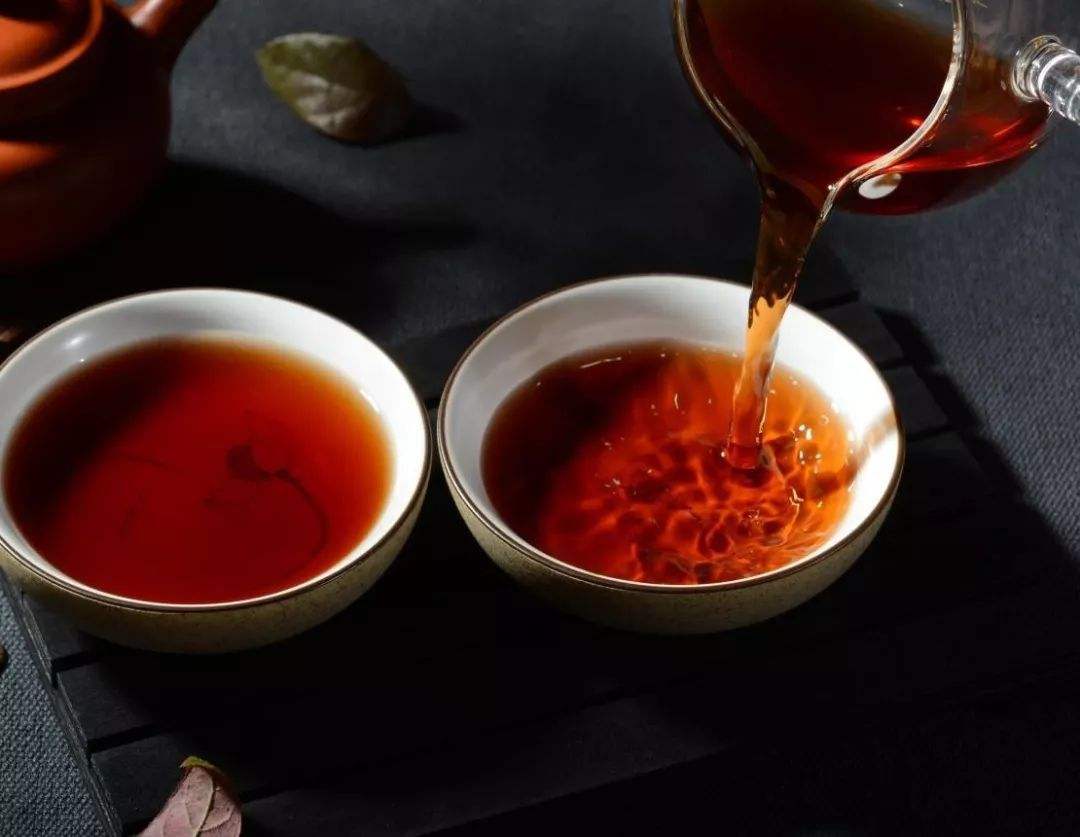
#7 Keemun Black Tea (????)
Keemun Black Tea, one of the most famous Chinese black teas, is produced in Qimen County, Anhui Province. With a relatively short history, it was initially produced in 1875 and quickly gained popularity worldwide, especially in England. It is regarded as one of the top three fragrant teas in the world.
The aroma of Keemun tea is fruity, which creates a very distinctive and balanced taste. Steeping in boiling water for about five minutes allows the mellow Keemun Tea with a delicate perfume and flavor to fully brew. Keemun can enhance one's alertness and memory. It is excellent after a meal.
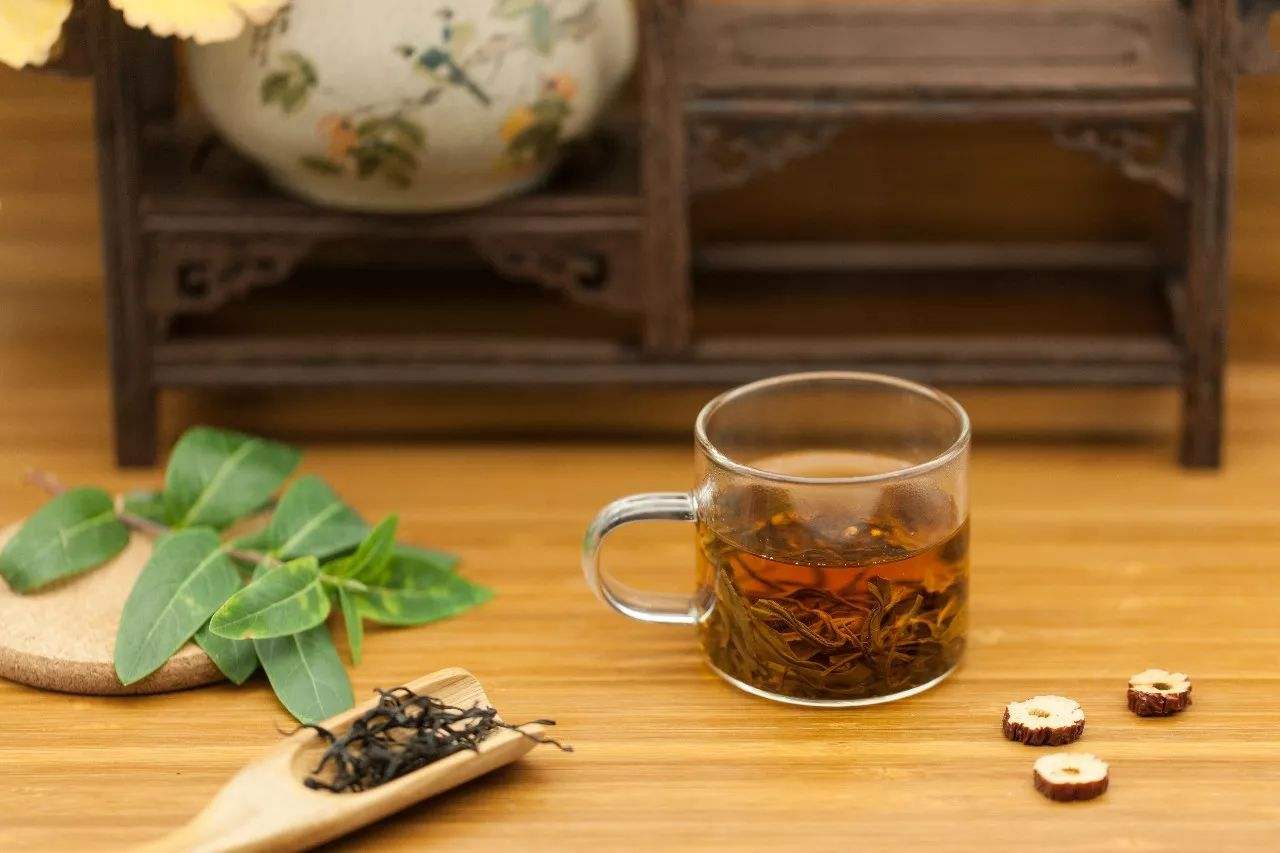
#6 Wuyi Yancha (????)
WuYi Yancha is a kind of oolong tea from the Wuyi Mountains, Fujian Province. Yancha means rock tea. It got its name because the plant grows in crack of rocks in Wuyi Mountains.
Yancha tea features the fresh fragrance of green tea and the mellow sweetness of black tea. With its lovely flowery aromas and health benefits, it was offered to emperors as a gift more than 1,000 years ago. It was enjoyed by Europeans when it was introduced to Europe in the 18th century. Da Hong Pao is one of the best Wuyi Yancha oolong teas.
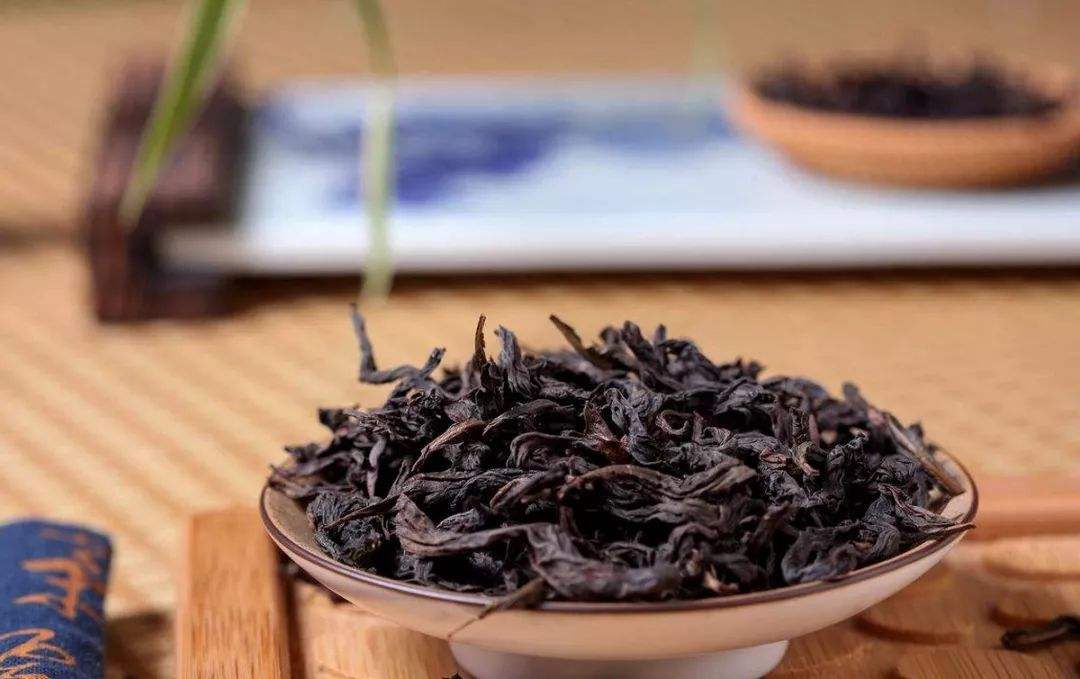
#5 Xinyang Maojian (????)
XinYang Maojian is a green tea produced in Xinyang City, Henan Province. It has a deep dark green color and straight thin leaves. Xinyang Maojian has a relatively shorter harvest due to the cooler climate in Henan and is best picked in the early spring.
It is treasured for its refreshing taste and pleasant aroma. In its legend, nine fairies of the heaven brought the tea down to the human race on the earth. When drinking the tea, you will see the image of nine dancing fairies in the vapor.
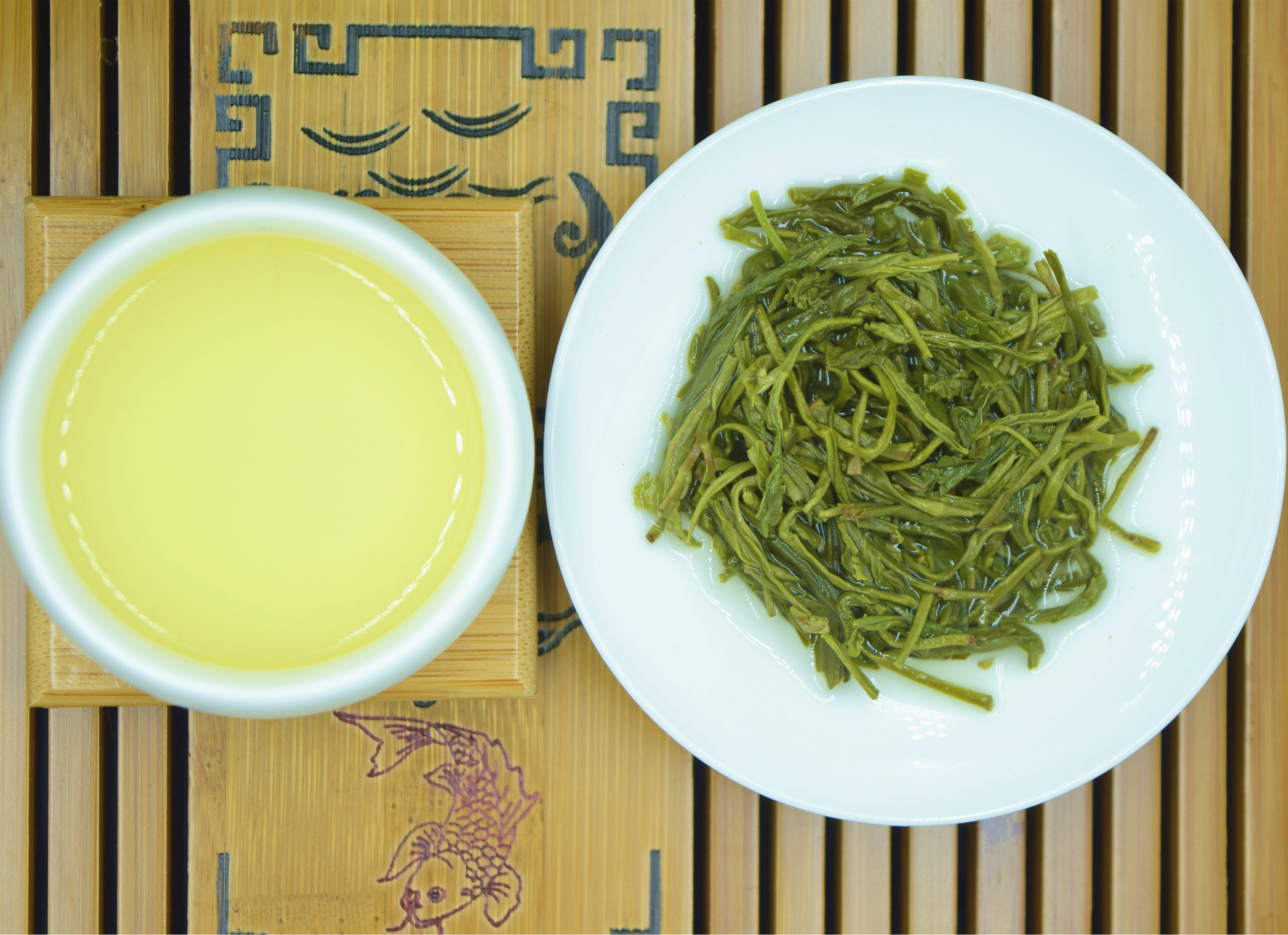
#4 Lu'an Guapian (????)
Lu'an Guapian or Lu'an Melon Seed Tea is a green tea from Lu'an, Anhui Province. It is named for its tightly rolled seed-like processed leaves which are flat and resemble a melon seed.
The first documentary evidence of Lu'an Guapian dates back to Tang Dynasty (618-907) and it was designated as the tribute in Qing Dynasty (1636-1911). With a bright color, Lu'an Guapian has a particularly smooth taste and sweet aroma. It uses the second leaf on the plant, not the new buds as most green teas do.
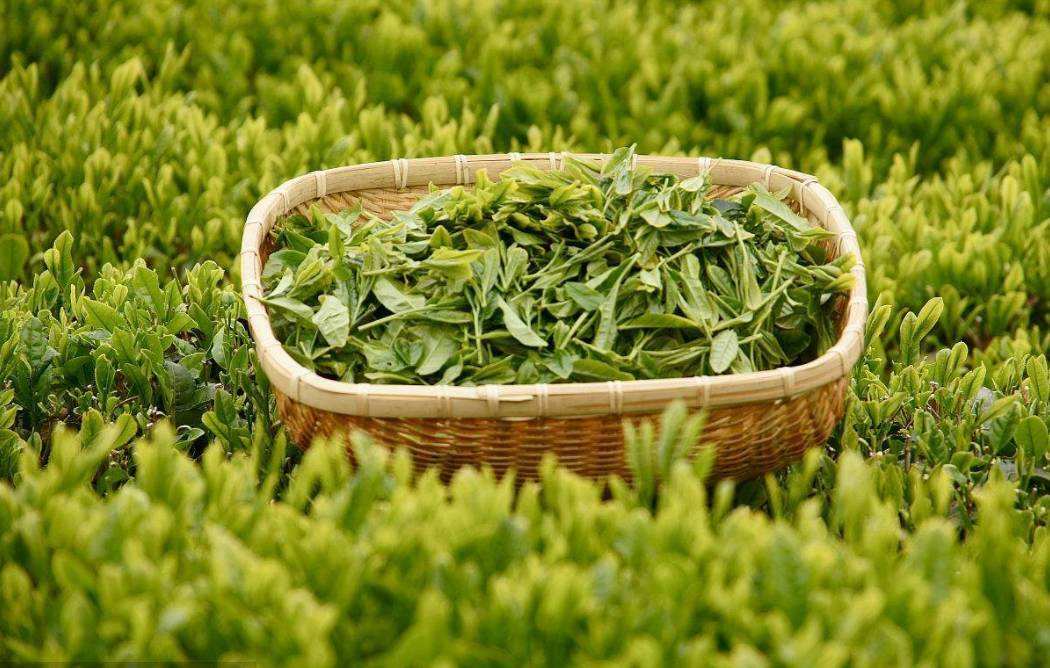
#3 Huangshan Maofeng (????)
Huangshan Maofeng is a green tea grown near the famous Mount Huang, Anhui Province, which is home to many famous varieties of green tea. Huangshan Maofeng was initially produced in Qing Dynasty (1636-1911).
Its English translation is Yellow Mountain Fur Peak, due to the small white hairs covering the leaves which resemble the peak of mountain. It's best harvested in the early spring. Through special processing technique, the tea is jade-green in color and has complex and refreshing aroma with a lingering aftertaste of floral sweetness.
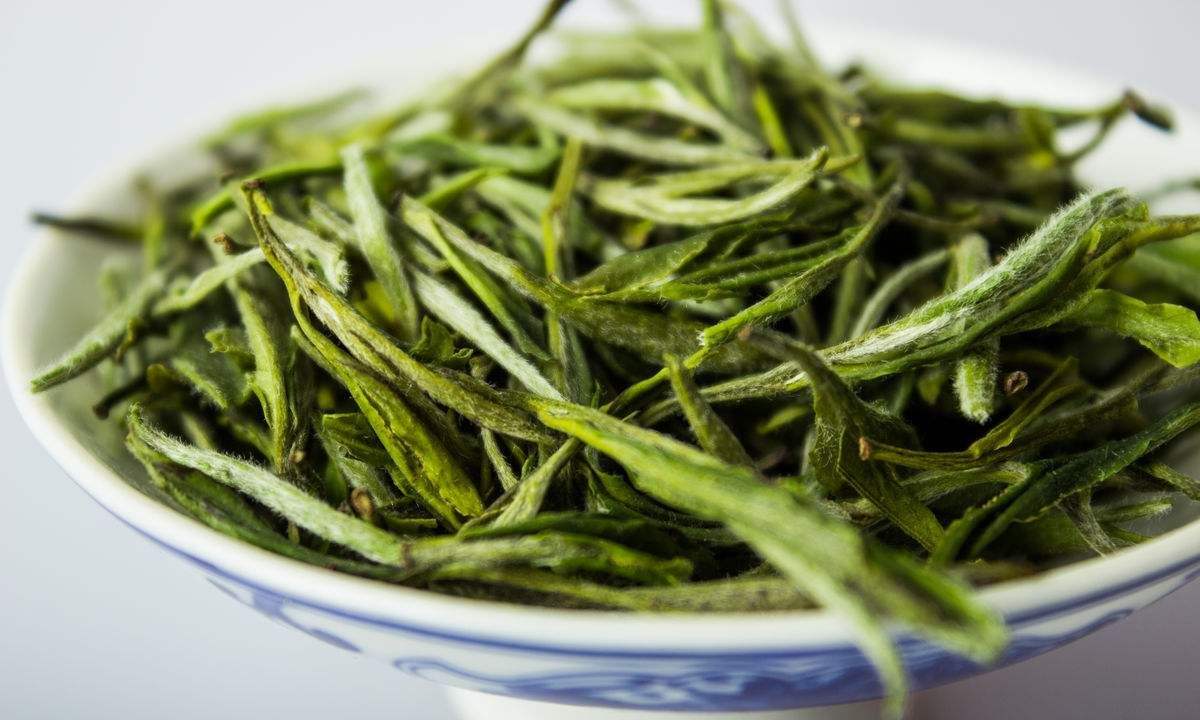
#2 Dongting Biluochun (?????)
Dongting Biluochun is a famous green tea originally grown in the Dongting Mountains of Jiangsu Province. Biluochun's English translation is Green Snail Spring due to its shape of tight spiral, resembling snail meat. It is renowned for its delicate appearance and floral aroma and fruity taste. The tea is harvested in early spring.
It is said that Dongting Biluochun tea plant was first found by a nun when she went for an outing in the spring. With a history of over 1,000 years, it was offered to emperors as the tribute during the Qing Dynasty (1636-1911).
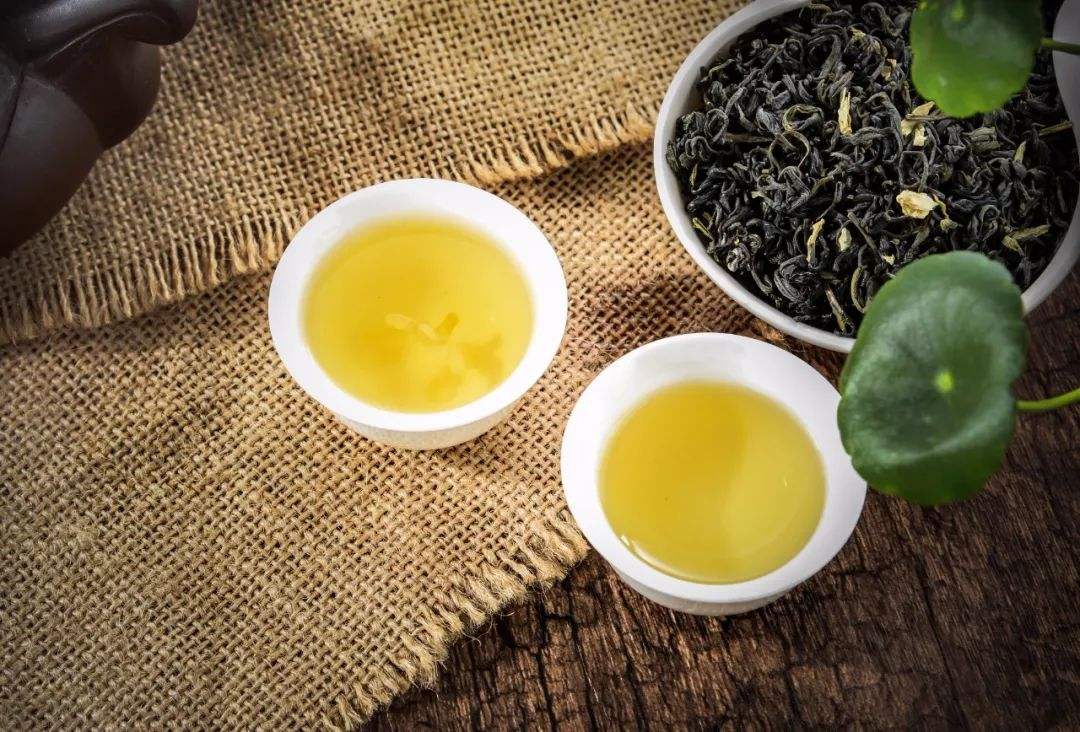
#1 West Lake Dragon Well Tea (????)
The West Lake Dragon Well Tea is a variety of green tea from Hangzhou, Zhejiang Province. It is well-known worldwide and is highly praised for its green color, long-lasting elegant fragrance and mellow taste.
The tea has a recorded history of over 1,000 years, and was mentioned in the oldest tea book of the Tang Dynasty (618-907). The tea is frequently offered to visiting heads of state, including the British Queen Elizabeth II and former US President Richard Nixon.
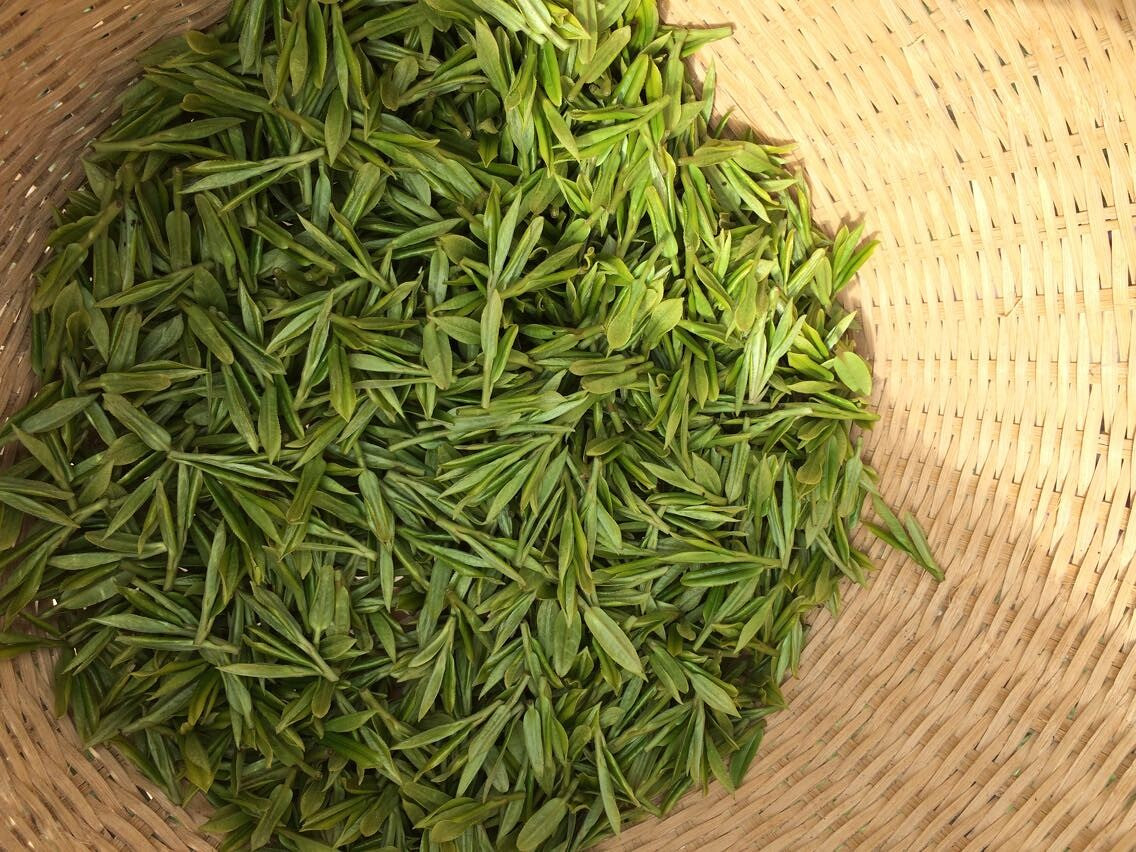
Prev: Chinese Zodiac
Next: Chinese Kungfu
Wechat: Chinaprivatetour
24 Hours Hotline:
+86 137-3541-1378
* Authentic Experiences: Genuine local experiences that immerse you in the true essence of Xi'an and beyond.
* Safety First: Highest safety standards with secure activities and reliable transportation.
* Customizable Tours: Flexible itineraries tailored to your interests and needs.
* Local Expertise: In-depth knowledge of Xi'an and China, offering exclusive insights.
* Professional Guides: Licensed bilingual guides with over 5 years of experience.
* Comfortable Travel: Experienced drivers and well-maintained vehicles for a smooth journey.
* Sustainable Tourism: Commitment to responsible tourism and supporting local communities.
* Customer-Focused: Personalized service and continuous improvement based on your feedback.
* Free Cancellation: Cancel up to 24 hours before travel for flexibility and peace of mind.
* 24/7 Support: Round-the-clock assistance for any questions or help needed.
(Your Privacy is Protected)
1 to 1 tailor-made service from our professional travel advisors for the most sophisticated
Constantly excellent reviews for attraction, hotel and service Competitive price
Local experts provide quality tours Best selected knowledgeable local guides Authentic local restaurants
7*24 hours available to create you a worry-free tour. No Hidden Fees and absolutely no pressure to buy. Secured









Copyright © 2017 www.xianprivatetour.com All rights reserved. 浙ICP备18056007号-6